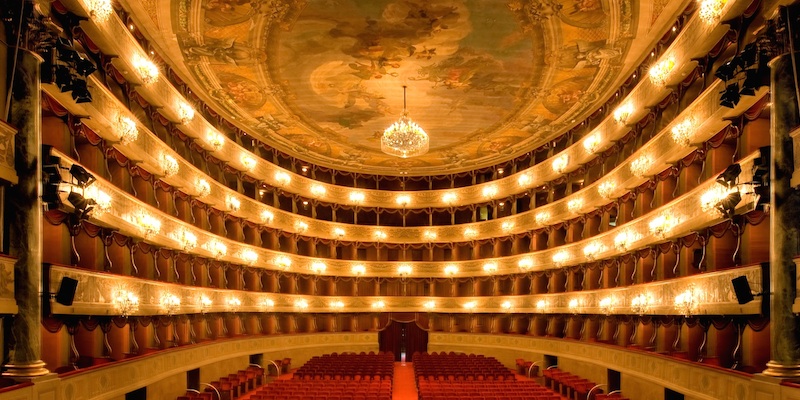Self-Portrait of René Magritte: Son of Man

One of the first artworks that come to mind when talking about surrealism is undoubtedly René Magritte’s Son of Man (1964). This figure, with the bowler hat, encountered in various books, movies, and videos, has become an iconic image in a short time.

René Magritte
(Mysterious Painter: Jan Van Eyck)
This fascinating painting, first painted as oil on canvas, started as a self-portrait. René Magritte’s close friend Harry Torczyner asked Magritte to paint his self-portrait. However, the letters written by Magritte show that he had difficulty in painting himself, and Magritte even described his difficulties as a “problem of conscience.”

When René Magritte finally finished his self-portrait, the resulting image was this nameless man in a bowler hat and titled “The Son of Man.” At first glance, it may seem like a straightforward drawing, but it has too confusing details. A careful look shows that the man’s left arm elbow is bent forward, that is, in an inverted way. Besides, his jacket, whose third button is unfastened, gives the feeling that his body is longer than usual and even extends to infinity. At the same time, this bowler hat figure, with his red tie and dark gray suit, is incompatible with the environment he is in, looks too stylish and formal for him.

René Magritte
But before examining all these details, you may find yourself questioning the purpose of the bright green four-leaf apple in the center of the picture. You are not alone because many art historians have similarly questioned the use of apples in painting and made different comments. Some experts thought the relationship between the use of the apple and the image’s caption to be a deliberate reference to Christian ideas about Adam and the decline of humanity. In contrast, other experts emphasized that the phrase “mankind” in the title could refer to any person, even a man with no face in a suit.

René Magritte
Unlike all these views, Magritte said that he used the apple to hide his real face; moreover, he wanted to make the audience feel the desire to see what is hidden behind the visible. In other words, Magritte disguised his face with a symbolic piece of fruit as a compromise. René Magritte argued that he dealt with the conflict that may arise between the “hidden visible and the present visible” in his painting, and he managed to capture this feeling very cleverly in his work (Artsy, t.y.).
(ART101: 4 20-th Century Art Movement You SHOULD Know)
The Son of Man is a simple but striking, precise yet mysterious work. René Magritte’s approach to art encourages his fans to think more closely about the reality that lies around them and not accept everything as it is, but to think more closely. Surrealist paintings typically present the viewer with a real mixed with high levels of symbolism, and Magritte has wonderfully portrayed this in the Son of Man.
Author : Aysegul Guzel
Translate : Arda Sahin
Source : 1







